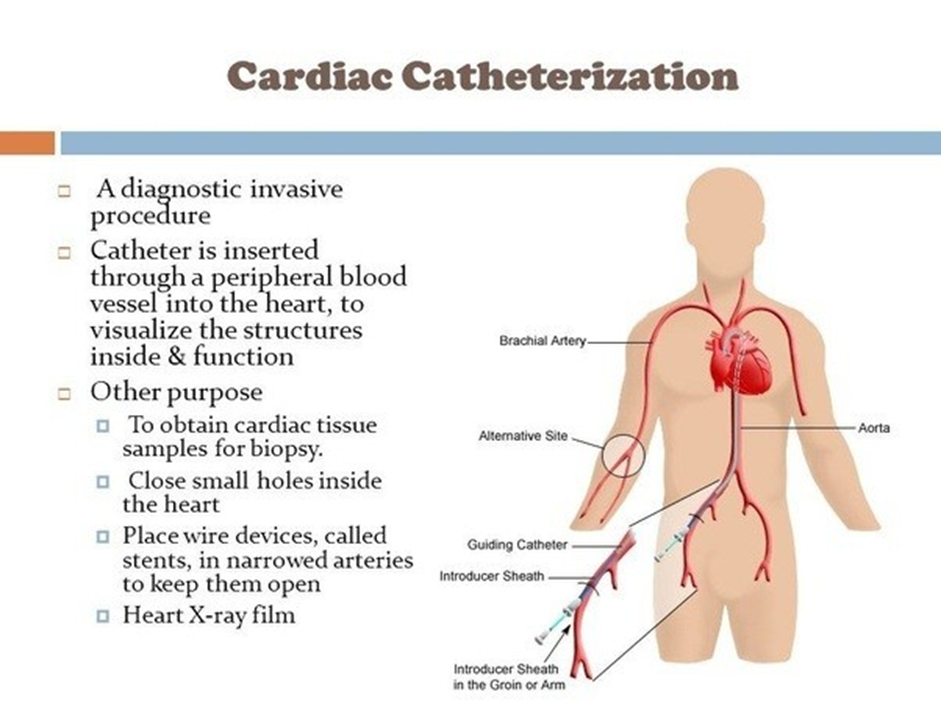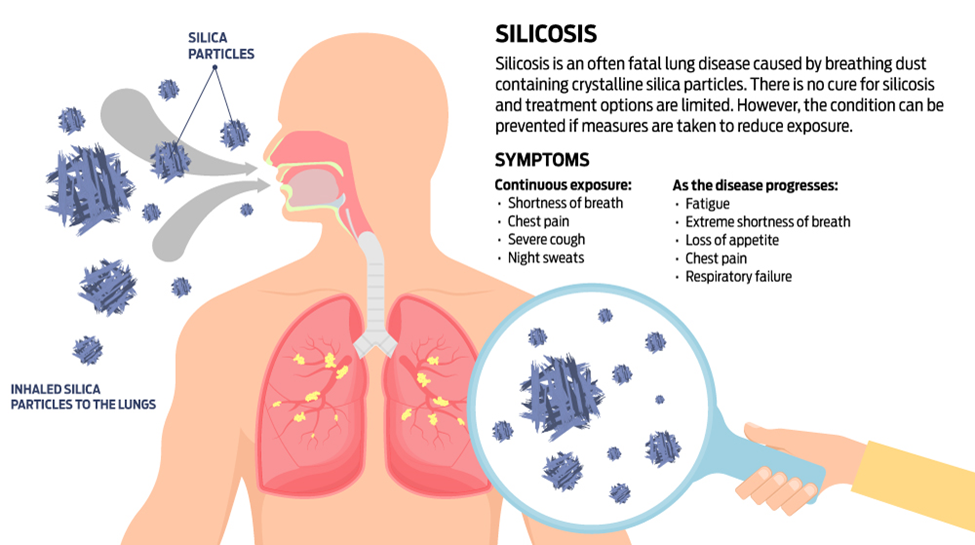A client is scheduled for a cardiac catheterization. The nurse should do which of the following pre-procedure tasks? (SELECT ALL THAT APPLY)
withhold food and oral fluids before the procedure
review medications the client has taken in the last 24 hours
verify that written consent has been obtained
check for iodine sensitivity
administer all ordered oral medications
Correct Answer : A,B,C,D
Withhold food and oral fluids before the procedure
Withholding food and oral fluids before the procedure is essential to prevent complications during the cardiac catheterization. The client is typically NPO (nothing by mouth) for a specified period before the procedure.
B. Review medications the client has taken in the last 24 hours
Reviewing the client's medications is crucial to ensure that any medications affecting coagulation or blood vessels are appropriately managed before the cardiac catheterization.
C. Verify that written consent has been obtained
Verifying the presence of written consent is a critical step to confirm that the client has been adequately informed about the procedure, its risks, and benefits, and has given consent for the cardiac catheterization.
D. Check for iodine sensitivity
Checking for iodine sensitivity is important because iodinated contrast dye is commonly used during cardiac catheterization. Allergies or sensitivities to iodine contrast must be identified to prevent adverse reactions.
E. Administer all ordered oral medications
Administration of oral medications before the procedure depends on the specific medications and the healthcare provider's instructions. Some medications may be held, while others may be continued as prescribed.

Nursing Test Bank
Naxlex Comprehensive Predictor Exams
Related Questions
Correct Answer is C
Explanation
A. The patient pain reflects the target heart rate has been set too high and needs to be lowered to finish the test.
This option suggests that the chest pain is related to the target heart rate being set too high. However, chest pain during an exercise stress test is more commonly associated with myocardial ischemia rather than an inappropriate target heart rate. Lowering the target heart rate may not address the underlying issue of ischemia.
B. The patient’s pain reflects pericarditis and the test should be stopped.
Chest pain during an exercise stress test is more commonly associated with myocardial ischemia rather than pericarditis. Pericarditis is inflammation of the pericardium, and its symptoms may include chest pain that is often sharp and pleuritic. However, during an exercise stress test, the focus is on detecting cardiovascular abnormalities, and chest pain is more concerning for ischemia.
C. The patient’s pain reflects ischemia to the myocardium and the test should be stopped.
This is the most appropriate interpretation. Chest pain during an exercise stress test may indicate insufficient oxygen supply to the myocardium (ischemia). Stopping the test allows for further evaluation and appropriate intervention.
D. The patient’s pain reflects that supplemental oxygen is needed to finish the test.
Chest pain during an exercise stress test is not typically addressed by providing supplemental oxygen. Stopping the test and evaluating the cause of the chest pain is a more appropriate action.
Correct Answer is A
Explanation
A. Mask:
Silicosis is a lung disease caused by inhaling crystalline silica dust. The primary preventive measure during exposure to silica particles is wearing a mask or respirator. This helps to reduce the inhalation of silica dust, protecting the respiratory system.
B. Gloves: Gloves are typically worn to protect the hands and skin and are not directly related to preventing inhalation of airborne particles.
C. Eye Protection: While eye protection is important in certain occupational settings, it does not specifically address the inhalation of silica particles.
D. Gown: Gowns are worn for protection against contamination but are not directly related to the prevention of occupational lung diseases such as silicosis.

Whether you are a student looking to ace your exams or a practicing nurse seeking to enhance your expertise , our nursing education contents will empower you with the confidence and competence to make a difference in the lives of patients and become a respected leader in the healthcare field.
Visit Naxlex, invest in your future and unlock endless possibilities with our unparalleled nursing education contents today
Report Wrong Answer on the Current Question
Do you disagree with the answer? If yes, what is your expected answer? Explain.
Kindly be descriptive with the issue you are facing.
